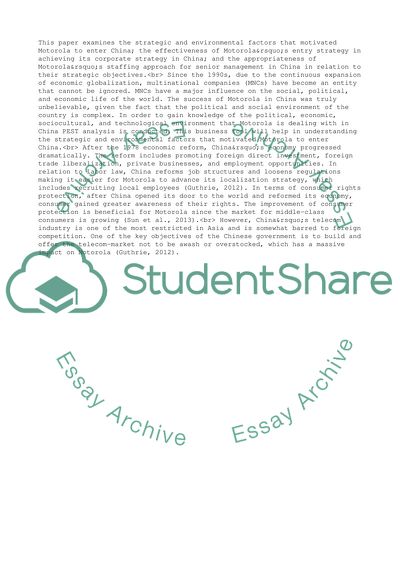Cite this document
(“The Entry Strategy of Motorola in China Case Study”, n.d.)
The Entry Strategy of Motorola in China Case Study. Retrieved from https://studentshare.org/business/1676400-international-business-case-study
The Entry Strategy of Motorola in China Case Study. Retrieved from https://studentshare.org/business/1676400-international-business-case-study
(The Entry Strategy of Motorola in China Case Study)
The Entry Strategy of Motorola in China Case Study. https://studentshare.org/business/1676400-international-business-case-study.
The Entry Strategy of Motorola in China Case Study. https://studentshare.org/business/1676400-international-business-case-study.
“The Entry Strategy of Motorola in China Case Study”, n.d. https://studentshare.org/business/1676400-international-business-case-study.


